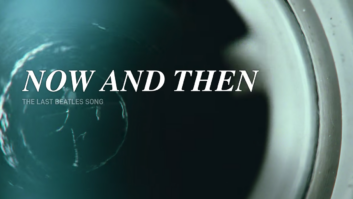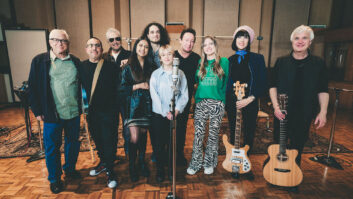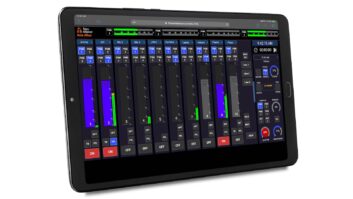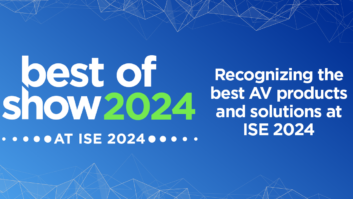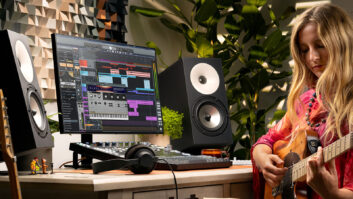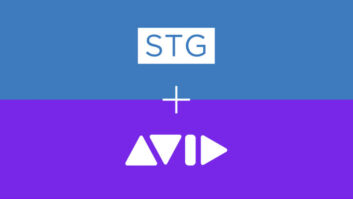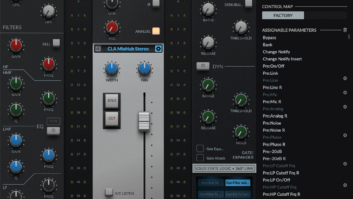I knew it was inevitable. I’ve just come tonight from the sound check for a major artist gig. There was not a single, solitary piece of outboard gear in evidence; all of the ancillary effects processing was being performed inside the digital consoles (Avid/Digidesign Venue series desks, the plug-in environment facilitating the transition). I’ve been close to this moment a number of times, but to date there was always a hardware device or two in the chain—mic pre and dynamics processor in the vocal or guitar path, a couple of comps on the drum buss, a favored reverb. Another device or two were at least in a nearby rack as a safety net. This time: zilch, nada. Other major concerts that have similarly eshewed external audio processors, no doubt, and this particular show is not in and of itself a pivotal moment in the history of live sound. It is a moment I’ve been watching for, a private milestone, if you will.

This trend is not, of course, exclusive to live sound. We all know of major projects mixed entirely “in-the-box,” a practice becoming more common among certain pros as well as home studio owners (whose studio gear might consist of only a mic or two, a computer interface with built-in mic pre and a pair each of headphones and powered speakers, the rest of the studio being inside the computer itself).
Manufacturers are still building and designing new external audio processing hardware, of course. There are even new companies emerging to produce such devices. For example, Bricasti Designs, founded just a few years ago, has received raves for their reverb hardware. Or, even though a few years older, Empirical Labs, who has carved a place for their Distressor (15 years old now) into a phenomenal number of racks—as close to a ubiquitous, standard piece of outboard as exists today. The Distressor would be the last piece of hardware many engineers would relinquish; you’d have to pry them from their cold dead hands, as the saying goes. Last summer, the Empirical Labs FATSO box was released in plug-in form in a joint development project between Empirical Labs designer David Derr and Universal Audio. Can a Distressor plug-in be far behind?
The plug-in environment offers some unique advantages. Plug-ins consume no rack space, reducing rack weight. Plug-ins don’t have to be physically plugged in, simplifying wiring schemes and reducing cabling weight. Electrical consumption and heat loads are reduced. And, perhaps most significantly, the virtual emulations of hardware devices can be used on as many channels of a project as the engineer desires, within the limitations of DSP resources (which can be easily embellished with devices like UA’s UAD-2 DSP accelerator cards). There weren’t enough Fairchild 670’s built to equal the number of instantiations of 670 plug-ins that some engineers use on a single project, not to mention that there’s not a project budget in existence that could afford that number of physical 670’s, even if they were available (though if more were available, they might not be so expensive, but there’s still the matter of the physical space they take up for just two-channels of dynamics control, the fact that, in my experience, no two sound identical, that the 6386 tubes at the heart of the processing are now obsolete, and so on).
Stating the obvious, it’s an increasingly virtual world we live in, both in and outside of professional audio. Physical media for consumer consumption of music and video is on a rapid pattern of decline. And, how long will it be before devices like the Kindle and iPad (and their inevitable flood of successors/competitors) combine with the expansion of constant wireless internet service to largely replace physical print media, as another example?
The trend towards the virtual isn’t about to slow down, rather to accelerate. The time to consider the changes this will bring to not only workflow, but also to business practices, is now.

